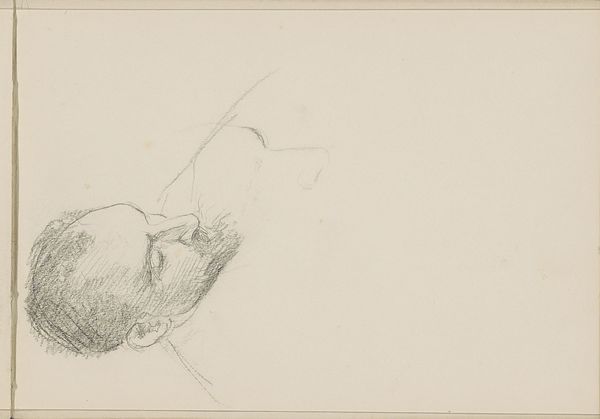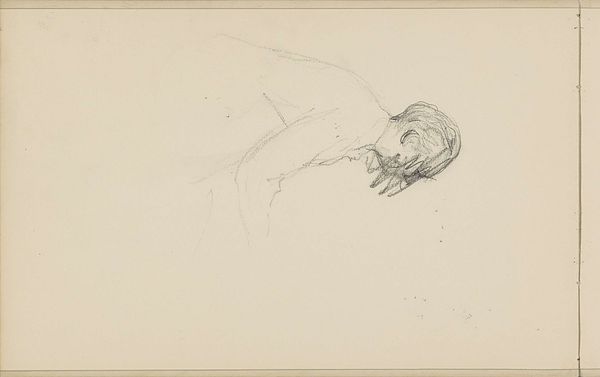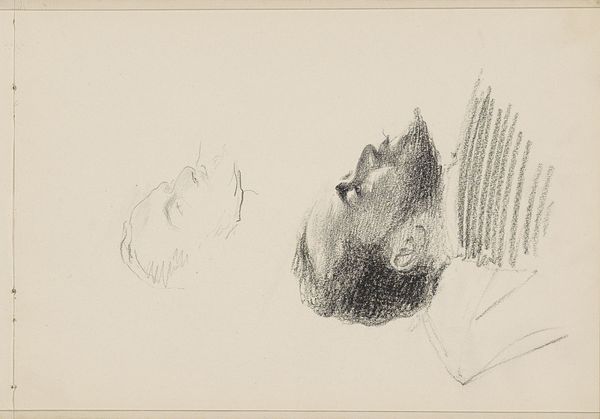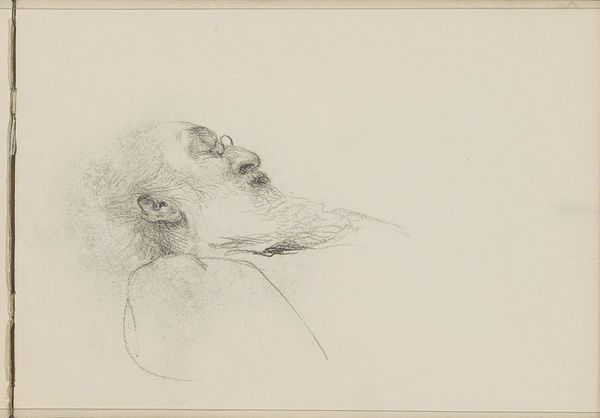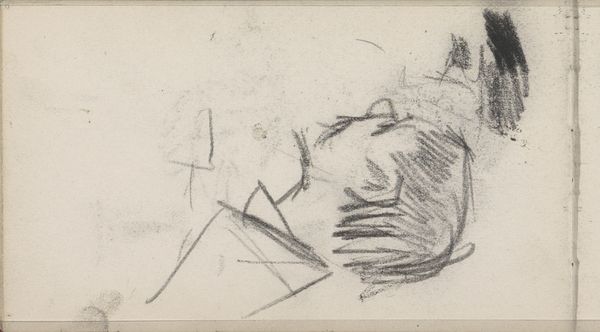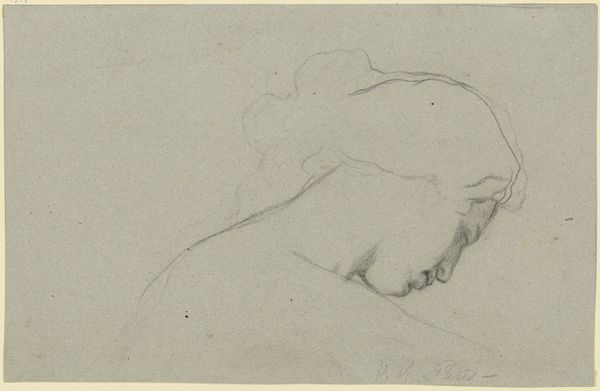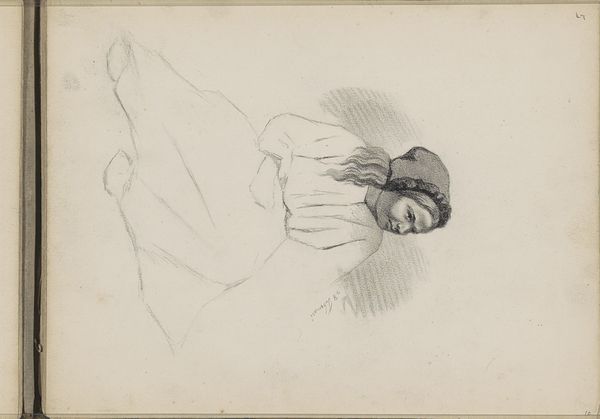
drawing, pencil
#
portrait
#
drawing
#
figuration
#
pencil drawing
#
pencil
#
realism
Copyright: Rijks Museum: Open Domain
Editor: Here we have a pencil drawing, "Head of a Man with a Moustache and Short, Pointed Beard," dating from 1865-1913 and housed at the Rijksmuseum. It's such a simple drawing, but somehow, it conveys a sense of quiet dignity. What do you see in this piece, especially considering its time period? Curator: It's tempting to view this as just a portrait, but I see it as a powerful statement about representation during a time of immense social upheaval. Consider the rise of photography alongside the entrenched academic art world. Whose stories were being told, and by whom? A simple sketch like this can be seen as a democratizing force. Editor: Democratizing how? It still depicts a man, likely from a privileged background given the beard’s upkeep. Curator: Precisely. The figure's implied social standing is not the focus here; it's the act of sketching itself, the claiming of space for a realistic depiction outside of the idealized portraiture sanctioned by the Academy. We must remember, representation itself is power. This sketch offers a raw, unvarnished look. Does the artist elevate or scrutinize their subject? Editor: That's interesting. It almost feels like they're trying to capture the essence of the man without idealizing him, like a study of character rather than status. The incompleteness suggests this to me even more. Curator: Exactly! And that incompleteness is key. It's not a finished portrait destined for a gallery; it's a working drawing, a fragment of observation. Consider the politics of the fragment – its resistance to complete narratives, its inherent questioning. Does this shift your perception? Editor: It does. I was initially focused on the 'who' and missed the 'why' and 'how' of its creation. Thank you, this opens a new perspective. Curator: And for me, it underscores the continued need to question dominant narratives and to value the power of observation, even in the simplest of forms.
Comments
No comments
Be the first to comment and join the conversation on the ultimate creative platform.
